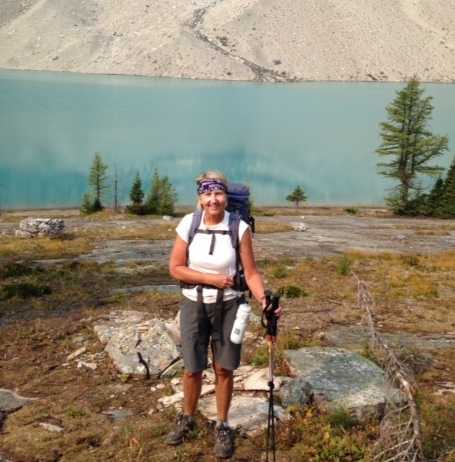I was introduced to CSIH in early 2001, when I reluctantly agreed to go to Croatia to advise on developing a population health survey. I was quite uncertain of what state the country would be in given its relatively recently involvement in the Serbian War. As it turns out, my fears were quite unfounded and this turned out to be one of the most fulfilling and rewarding experiences in my 35-year career with Statistics Canada.
The project mandate was to support Croatian experts in the development of a representative population-based health survey. The study was to collect data on self-reported health and lifestyle risk factors correlated to heart health. At the time, I was the Assistant Director of Health Statistics at Statistics Canada. My involvement was in keeping with the Statistics Canada mandate to support international statistical programs.
Croatia ended a five year war in 1995, and was engaged in a peaceful transition and return to normal society. High smoking rates and alcohol consumption were some of the many risk factors contributing to premature death related to heart attack and strokes. The study was primarily backed by the Andrija Stampar School of Public Health, founded in 1927. This institution has long been a leader in scientific research, social medicine and public health. Doctor Stampar was one of the founders of the World Health Organization.
My involvement began with a briefing from the CSIH project consultant, Paulette Schatz. Shortly thereafter, Paulette and I flew to Zagreb, Croatia’s capital, tasked with collecting information and making contacts in support of the CSIH bid for the contract.
The Zagreb days were long, fascinating and mind-boggling as we met with healthcare
professionals, government officials, local technical experts and basically anyone who knew anything about health and data. We found our way around this unfamiliar beautiful city without a GPS and without knowing the language. The number of potential contacts exploded as we became increasingly aware of the extent of the healthcare connections to be made. We would often split up so we could cover more territory. Paulette was a master at interviewing and packing yet another meeting into our already overflowing schedule.
Paulette and I established a routine whereby we would eat a late dinner in the hotel restaurant while assessing our reams of information and determining the plan for the next day. We literally turned our dinner table into an office. The head waiter reluctantly accommodated our needs night after night.
On our second to last night we arrived at the restaurant to find white table cloths, red roses, low lighting and soft music. We were informed that tonight, being Valentine’s day, the restaurant was fully booked and we could not use the table as our office. We had completely forgotten the date. We left indignant.
After searching for room at other restaurants, we skulked back and pleaded with our waiter to let us have a table, any table. Croatian mannerisms can be very curt but he found us a table with strict orders not to open our briefcases.
That night, Paulette and I sat amongst Croatian lovers as we thought of our husbands and tried to see the humour in spending Valentine’s day together in a far-away restaurant. We sat back, observed, and appreciated the local people and their exuberance for life. Grappa was flowing and hearts were happy.
I returned to Croatia a few more times in support of the survey implementation, and in 2003, we presented the results at a conference hosted by Croatian Health Authorities. The project also contributed to building capacity of local experts to carry out surveys. I am very proud to this day to have been part of such a meaningful endeavour.

